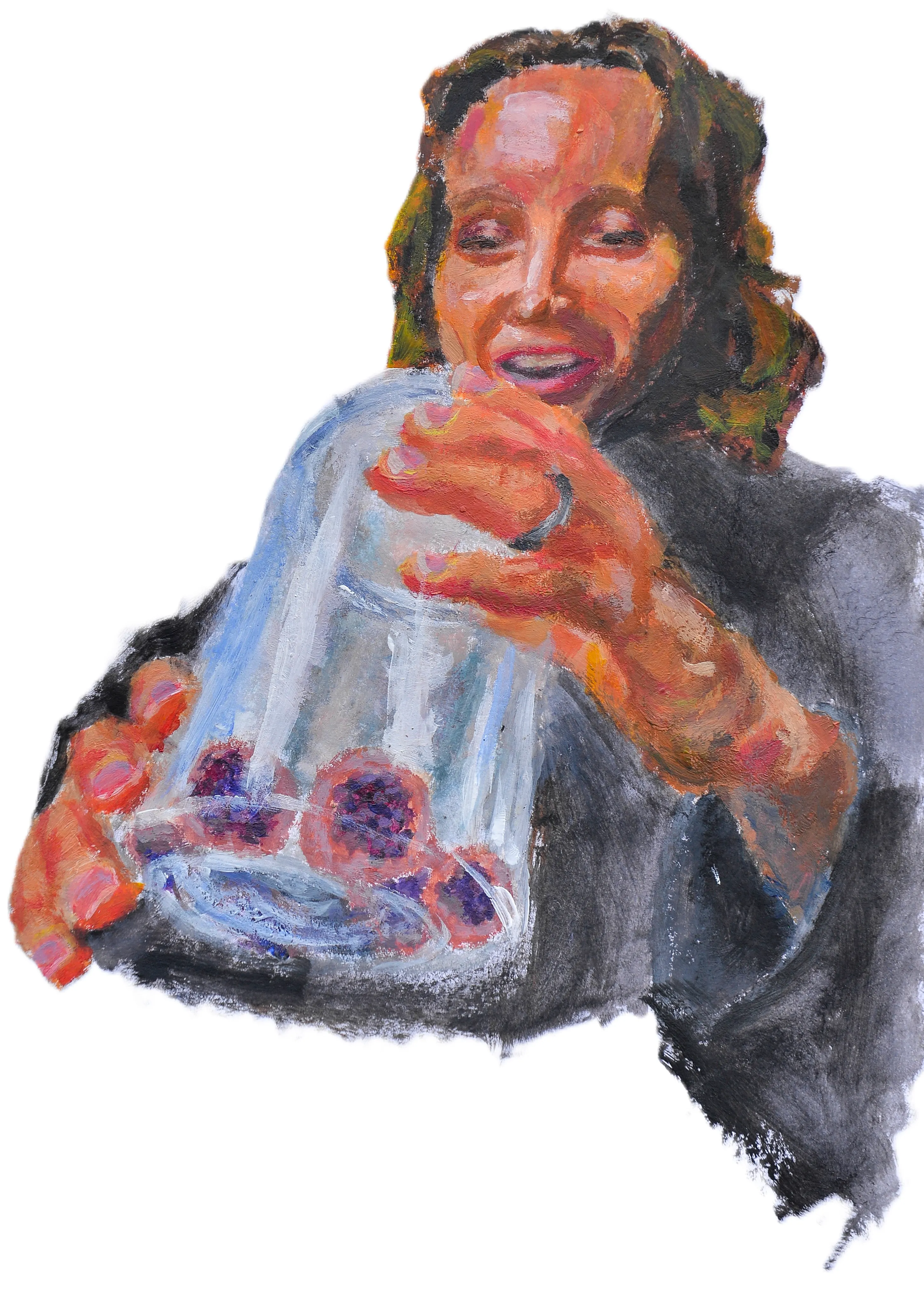
The Stem Cell Revolution
Maria Aloy, S10, analyses the delicate balance between ethical medical practices and saving lives.
Maria Aloy
Senior 10
Artwork by Sophie Sermon
Senior 10
Freedom is an interesting idea when it comes to stem cells in medicine. Stem cells can turn into almost any type of cell in the body, like skin, blood, or brain cells. This gives doctors and scientists the ability to treat all sorts of diseases and injuries.
But what’s right and fair when using stem cells?
Freedom in stem cell research means finding a balance between helping people and making sure that these cells are being used properly.
One of the key benefits of stem cells is how they can give patients more options. For example, if someone has a disease like leukaemia, doctors might use stem cells to replace damaged blood cells. This is called a stem cell transplant, and it is already saving lives. But stem cells have the potential to do even more than that - they might one day be able to fix damaged organs or even regrow parts of the body. In the future it might be possible for someone with a spinal cord injury to be able to walk again because stem cells helped repair their nerves. This gives patients the freedom of living without pain or disability and is what makes stem cell research so important. Scientists are also working on ways to use a patient’s own stem cells to create treatments just for them, known as personalised medicine. This gives fewer side effects and better results because treatment is individual and thus matches the person exactly. This gives patients more control over their healthcare, and more options for treatments. This opens up new pathways to treat problems that were once impossible to fix, and while lots of research would have to be done to ensure a safe procedure, the outcomes are incredible.
While stem cells have a lot of potential, not everyone has the same opportunity to benefit from them. These treatments are very expensive, and in some countries, not available at all. One of the biggest challenges in medicine today is making sure everyone has equal access to stem cell therapy, since currently, stem cell treatments cost a lot of money, and only people who can afford them get to use them. For stem cell therapy to really mean something, we need to find ways to make these treatments affordable for everyone. Another problem is that some places offer stem cell treatments that are not safe and haven’t been properly tested. These can be dangerous or defective, and it is unjust when people spend a lot of money on something that does not benefit them.
Scientists must therefore work together to make sure that only safe, proven treatments are available.
In many countries, healthcare is hard to get, and advanced treatments like stem cell therapy are even more difficult to obtain. Researchers are trying to change this by working together, sharing knowledge and working on cheaper ways to use stem cells. For example, using stem cells to heal wounds or treat burns could be a massive improvement in places where hospitals don’t have many resources.
Stem cells are a symbol of freedom in medicine because they let doctors and patients have a future with fewer limits. They offer new ways to treat diseases, repair injuries, and even develop personalised healthcare. This does come with challenges, however, like making treatments fair and accessible to everyone. As scientists continue discovering what stem cells can do, we must make sure this new treatment method is used responsibly and for the benefit of everyone.